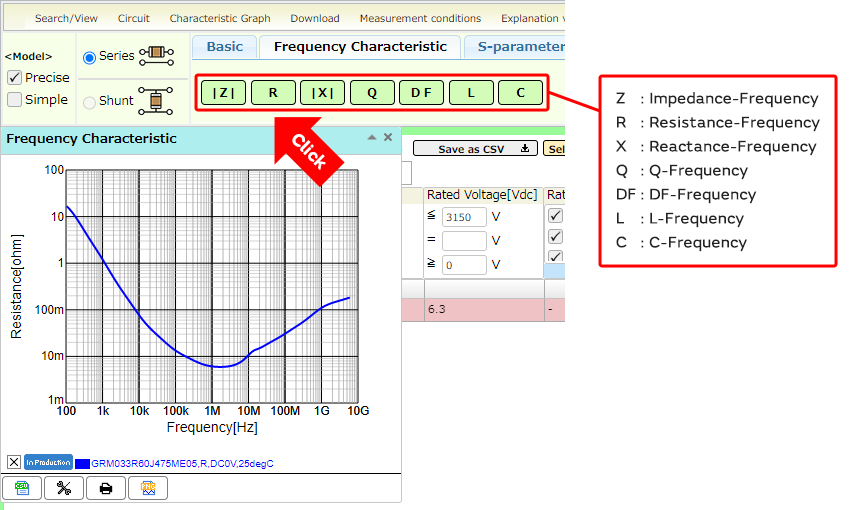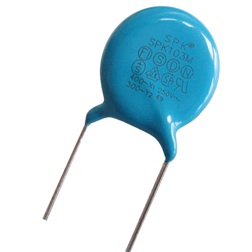When static electricity charged to people or equipment is discharged to electronic devices or components an electromagnetic energy shock is applied.
Do ceramic capacitors have a resistance.
Ceramic capacitor definition a ceramic capacitor is a capacitor which uses a ceramic material as the dielectric.
The esd electrostatic discharge resistance of capacitors is described in the following.
Therefore capacitors must have a constant esd resistance or.
Resistance value r may be expressed with equation 2 with the length of the conductor as l and the area of cross section as s and specific resistance as ρ.
When subjected to changes in temperature tantalum capacitors usually show linear capacitance change while ceramic capacitors usually have a non.
Insulation resistance can be figured out with the ohm s law from applied voltage considering the multilayer ceramic capacitor as a conductor as well as electric current.
Esd resistance test method.
The amount of capacitance loss varies depending on the formulation of the dielectric.
Insulation resistance and thus the self discharge time rate are temperature dependent and decrease with increasing temperature at about 1 mω per 60 c.
Class 1 ceramic capacitors have superior voltage stability and most c0g formulations do not exhibit dc bias.
Ceramic capacitors have a great frequency response due to low parasitic effects such as resistance or inductance.
These capacitors have negligible internal inductance or resistance.
These capacitors are unpolarized.
By not being polarized ceramic capacitors have a better frequency response.
Class 2 ceramic capacitors have an r ins 4 000 mω for capacitors with c r 25 nf or τ s 100 s for capacitors with c r 25 nf.
In ceramic capacitors the dielectric is a thin layer of ceramic and both plates are metal foil.




























